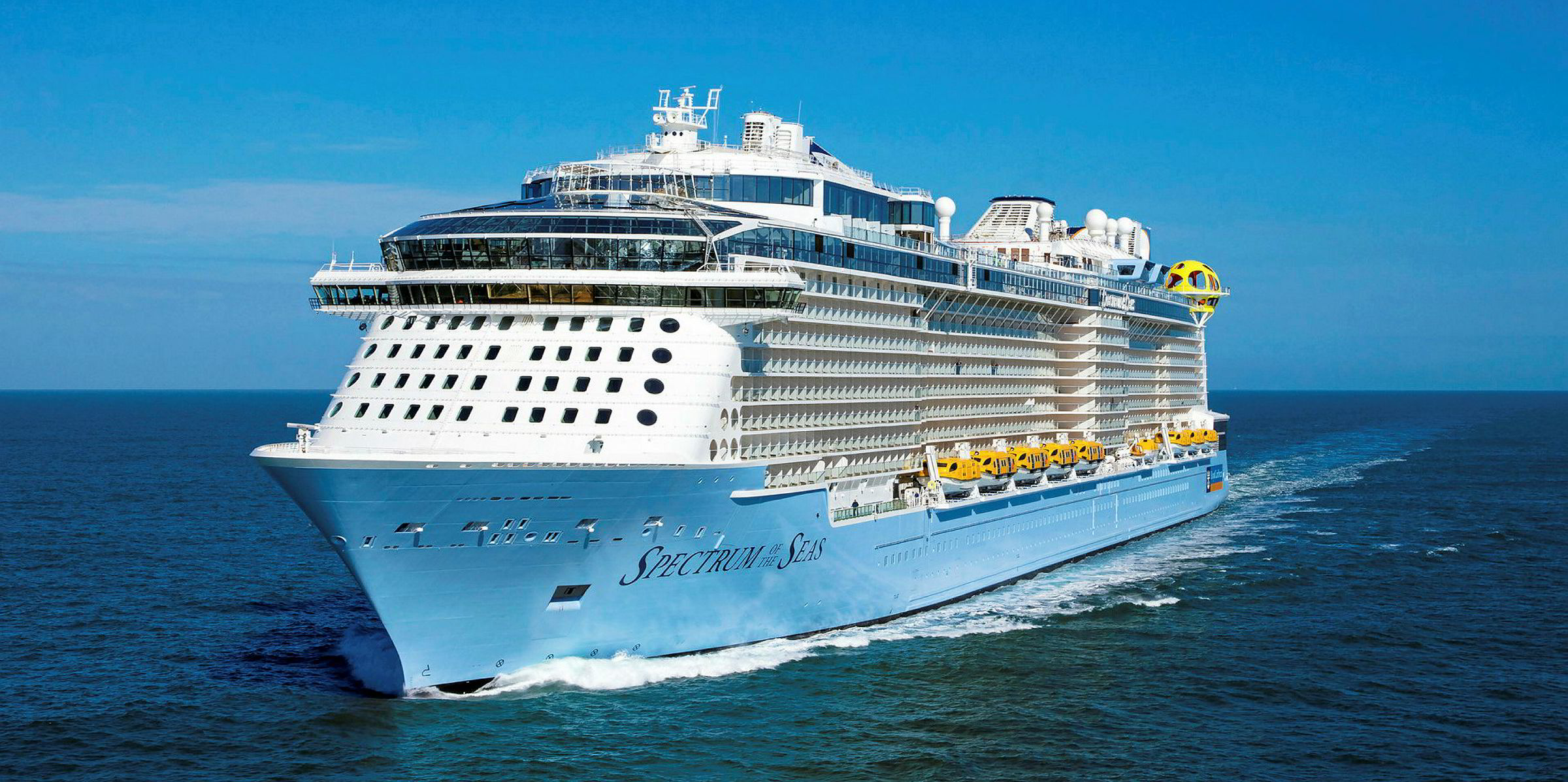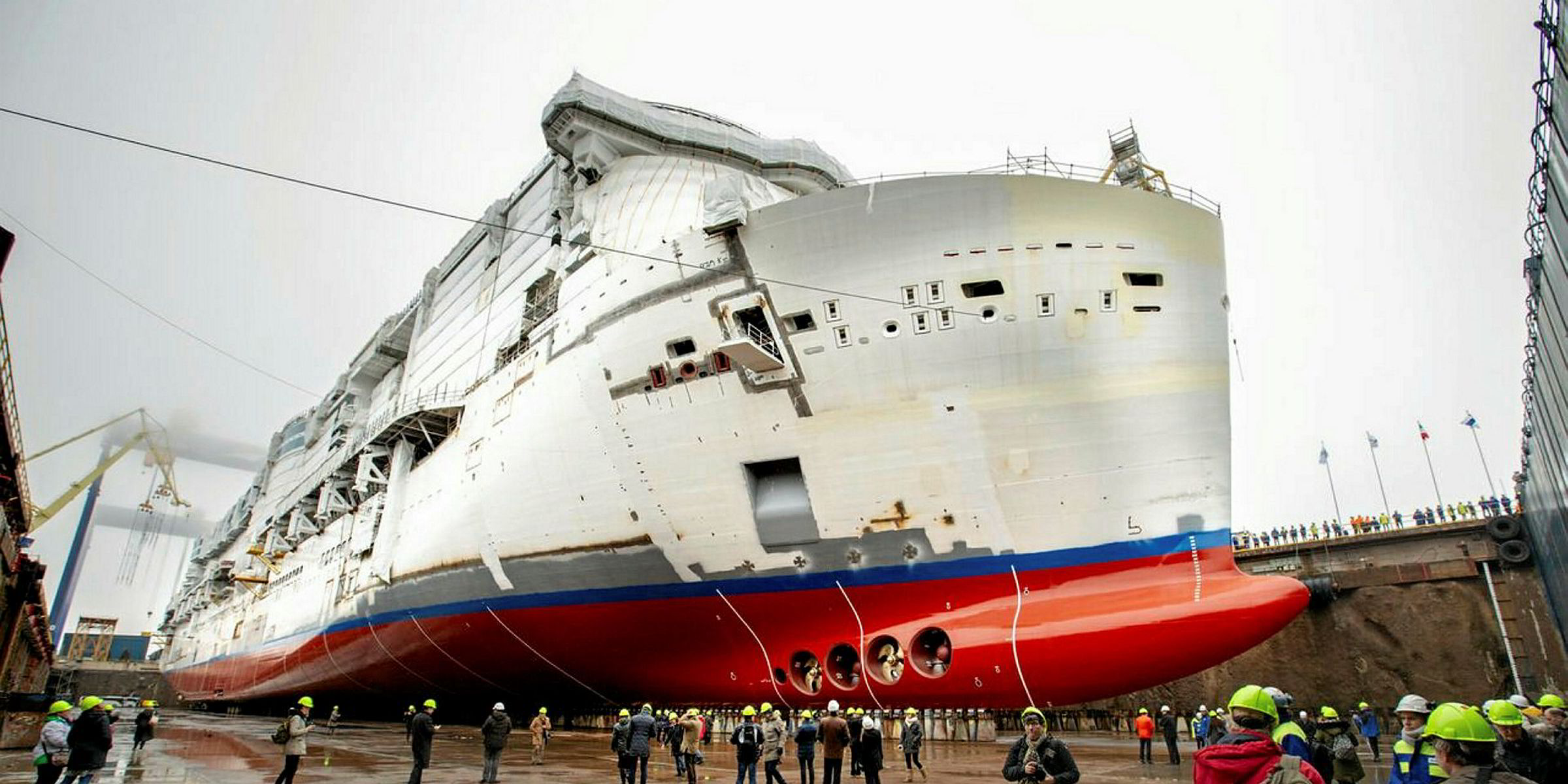Cruise lines have made the case for their environmental efforts following analysis that claimed emissions from European vessels were far outstripping those from all the continent's cars.
Green group Transport & Environment (T&E) said research showed that in 2017 Carnival Corp's ships emitted 10 times the sulphur oxide of the 260m-strong vehicle fleet, with Royal Caribbean at four times.
Industry body Cruise Lines International Association (CLIA) said it and its members are committed to a zero-emission future.
"The cruise industry represents less than 1% of shipping and is making progress towards this goal, but it will take time," it added.
"The industry welcomes the involvement of civil society in this discussion and is disappointed Transport & Environment has published the internal analysis, conducted exclusively by internal staff, without discussion, input or updated insights from the cruise industry or cruise destinations.
"There is further concern that the results have been published without any academic scrutiny, peer review or scientifically-robust methodology."
CLIA said the sector has been an early adopter of scrubbers, with 111 cruiseships fitted so far.
Another 12 are being retrofitted now, with 30 more in the queue, and 27 newbuildings are due to have the exhaust cleaners fitted.
The cruise industry is also an early adopter of LNG propulsion, the association said.
"More than one-third of all new ships being built, 25 ships total, will use LNG as their primary propulsion fuel," it added.
"Currently, two ships are able to use LNG while in port, reducing emissions in port cities. Over 70% of the cruise fleet – 152 ships – are already 'dual fuel ships, able to use alternative fuels such as methanol and biodiesel, as well as traditional fossil fuels. Some are even able to turn food waste into fuel."
CLIA called these percentages unmatched in any other shipping sector and not fully appreciated in the T&E analysis.





